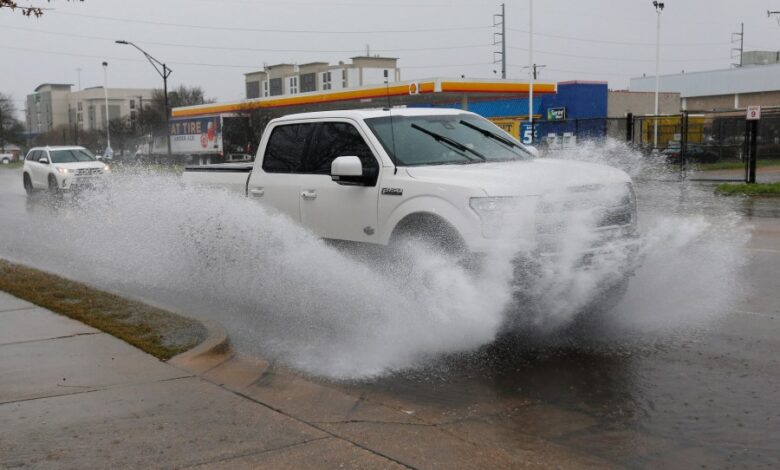Tips for Safely Navigating Rainy Driving Conditions

Driving Safety Tips in Heavy Rain: Expert Advice from TxDOT
Introduction
When it comes to driving in heavy rain or stormy conditions, safety is paramount. Meteorologist Tommy House recently sat down with Kellen Mohrmann, a representative from the Texas Department of Transportation (TxDOT), to discuss important tips and advice for drivers to prevent hydroplaning and ensure safe travels.
Key Tips for Driving in the Rain
Meteorologist Tommy House: Kellen, what advice does TxDOT have for drivers to help prevent hydroplaning during heavy rain or stormy conditions?
Kellen Mohrmann: Whenever roads are wet, the risk of hydroplaning increases. To stay safe, drivers should avoid travel if possible during heavy rain. If driving is necessary, remember to leave early, slow down, avoid speeding, maintain a safe distance from other vehicles, and ensure your headlights and windshield wipers are on. Additionally, check your tire pressure and tread to prevent hydroplaning.
Road Maintenance for Safety
House: How does TxDOT manage road maintenance to reduce the risk of hydroplaning, especially in heavy rain?
Mohrmann: TxDOT implements drainage systems on roadways to effectively move water off the roads and prevent flooding. These systems are regularly inspected and maintained, with maintenance crews monitoring road conditions during weather events. Despite these precautions, drivers should always exercise caution in wet conditions to prevent hydroplaning.
Additional Resources for Drivers
House: What additional resources does TxDOT offer for drivers to learn more?
Mohrmann: Drivers can visit DriveTexas.org to stay informed about current road conditions. Remember to always buckle up and follow the safety advice: ‘Turn Around, Don’t Drown’ when encountering flooded roads.
FAQs
1. How can I avoid hydroplaning while driving in heavy rain?
To prevent hydroplaning, drivers should slow down, maintain a safe following distance, keep headlights and windshield wipers on, and ensure tires are properly inflated.
2. What should I do if I encounter flooded roads?
Remember the safety message ‘Turn Around, Don’t Drown’ and avoid driving through flooded areas. Seek alternative routes or wait until water levels recede.
3. Are there specific road maintenance practices that help prevent hydroplaning?
TxDOT implements drainage systems on roadways to manage water runoff and prevent flooding, reducing the risk of hydroplaning. Regular inspections and maintenance further enhance safety.
4. Where can I check current road conditions during heavy rain?
Visit DriveTexas.org for up-to-date information on road conditions, closures, and safety advisories to plan your travels accordingly.
5. How important is tire maintenance in preventing hydroplaning?
Properly inflated tires with good tread depth provide better traction on wet roads, reducing the risk of hydroplaning. Regularly check tire pressure and condition for optimal safety.


